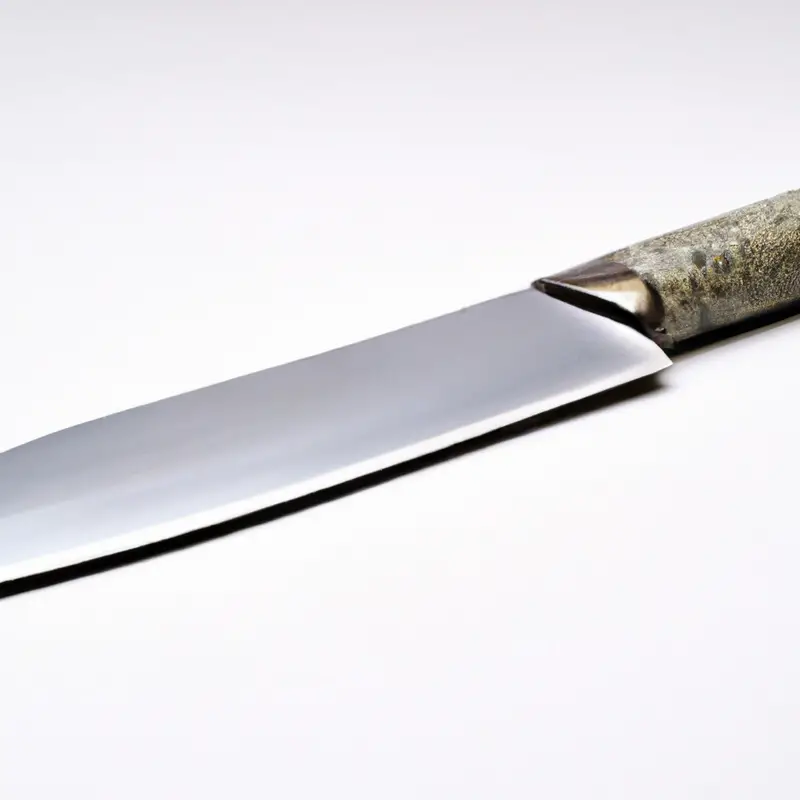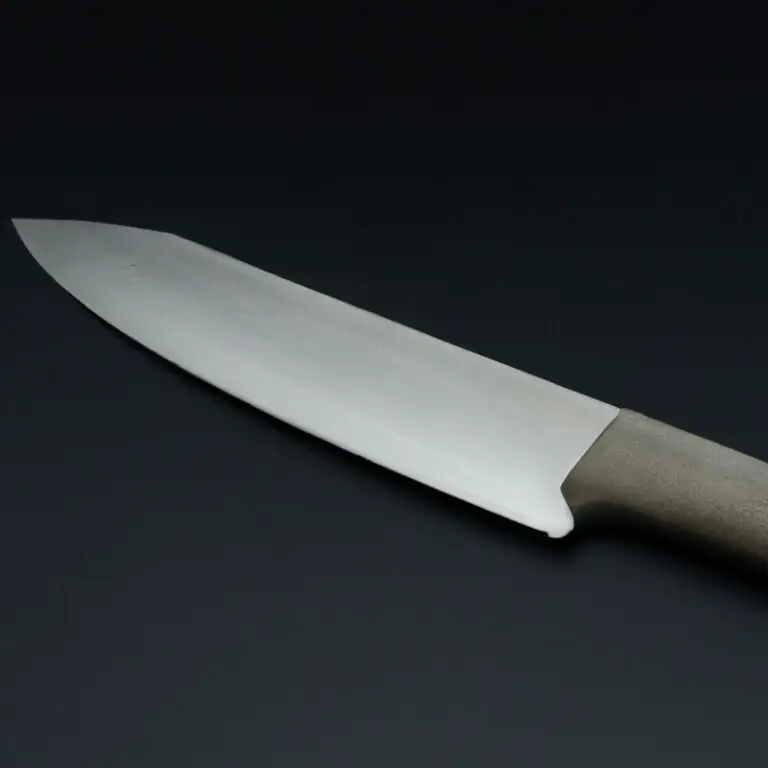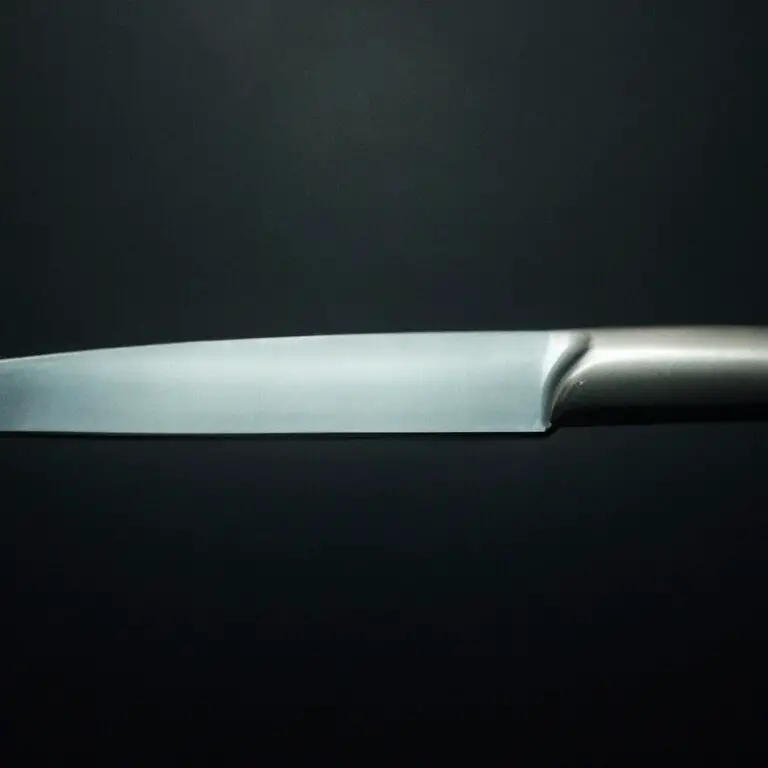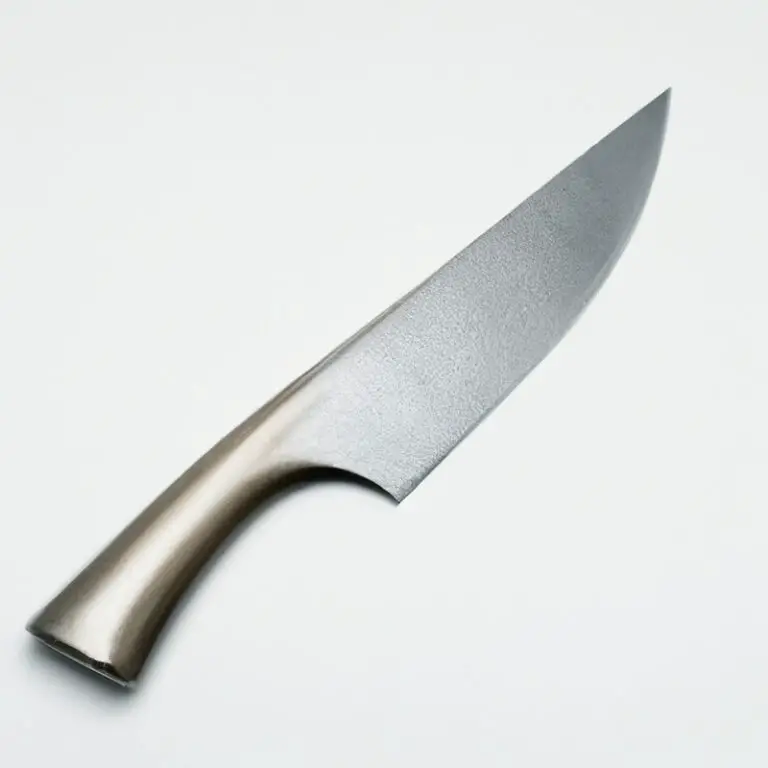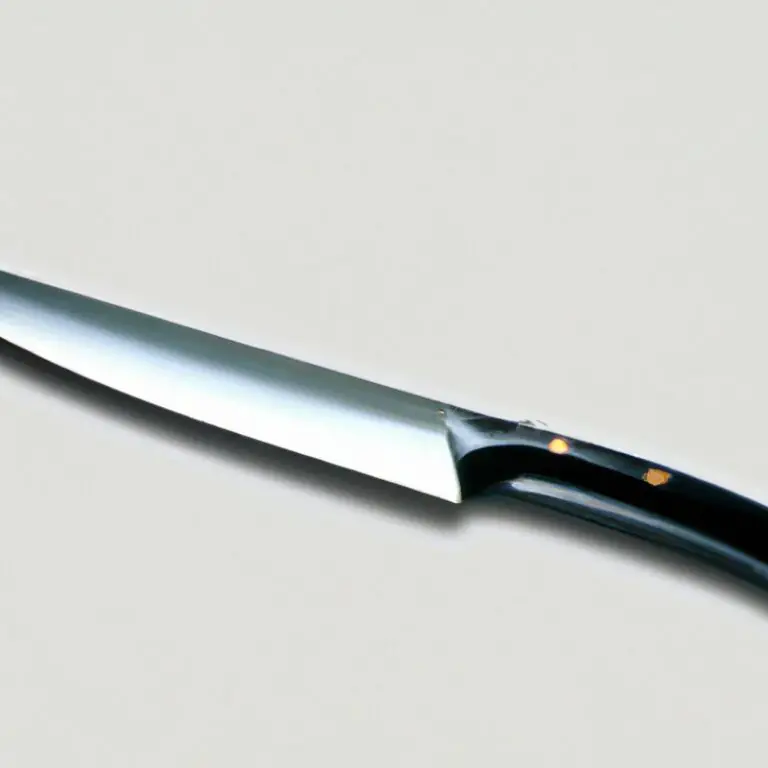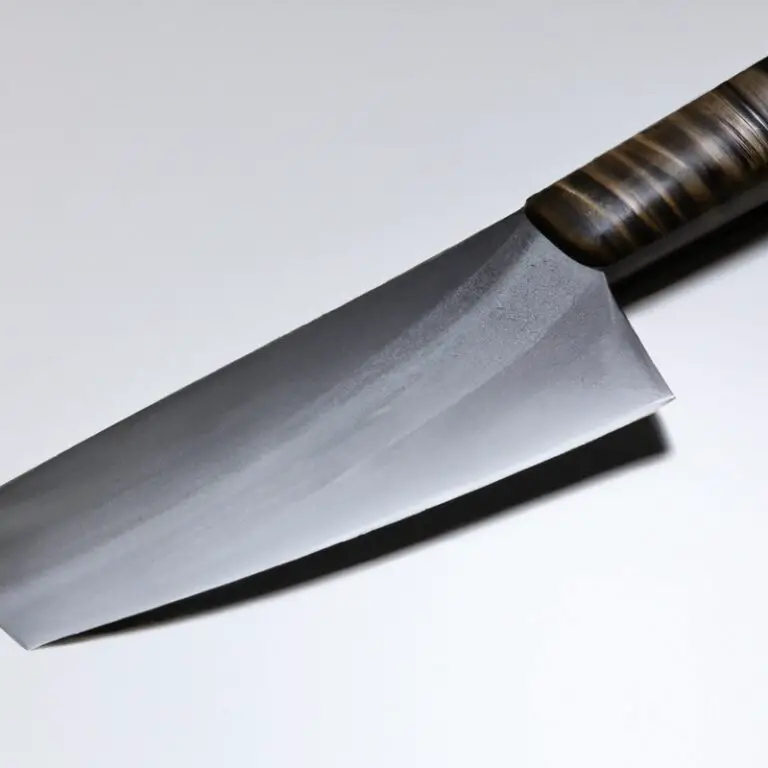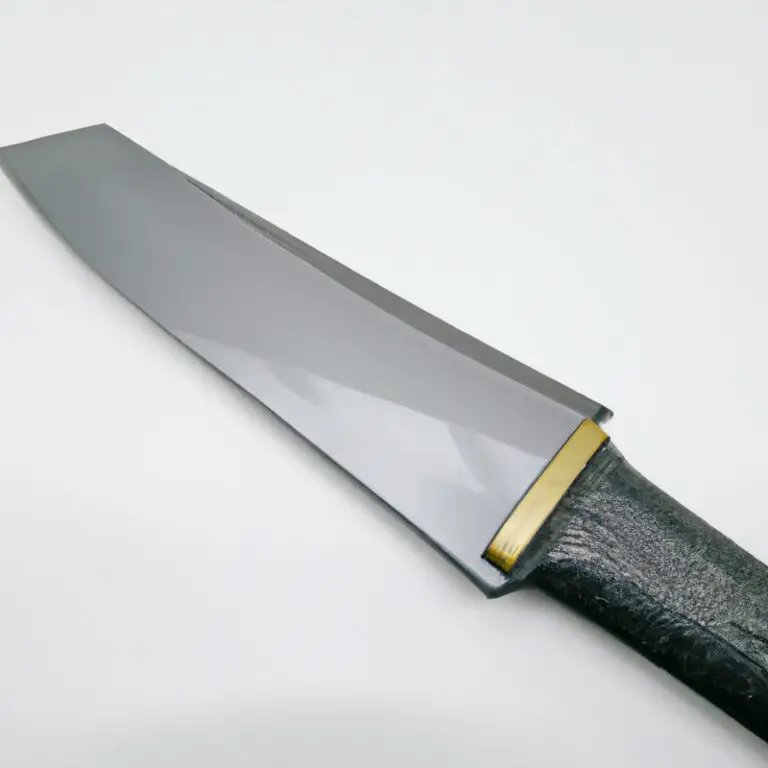How To Choose The Right Gyuto Knife For Your Needs? Slice Smarter
Key Takeaways:
- Determine the blade material, size, and weight that best suits your preferences and needs before buying a Gyuto knife.
- Consider the quality of the craftsmanship and the reputation of the manufacturer to ensure a reliable and long-lasting knife.
- Test the knife for fit and comfort to ensure a secure grip and optimal control while cutting.
- Regularly maintain and sharpen your Gyuto knife to prolong its lifespan and maintain its cutting performance.
Are you a novice cook or a professional chef? Regardless of your cooking skills, having the right knife is essential for a worthwhile cooking experience.
And when it comes to knives, Gyuto knives – the Japanese chef’s knives – are taking the culinary world by storm.
But with so many types of Gyuto knives available, it can be overwhelming to choose the right one for your needs. As someone who has experience working with Gyuto knives, I’m here to guide you through the process.
In this article, we’ll explore the factors to consider when choosing a Gyuto knife, from blade size to handle type, sharpening angle to maintenance tips, and everything in between.
| Feature | Japanese Gyuto Knife | Western Chef’s Knife |
|---|---|---|
| Blade Shape | Narrow triangular blade | Wide triangular blade |
| Blade Length | 210-240mm | 200-300mm |
| Blade Thickness | Thin, about 2mm | Thicker, about 3-4mm |
| Material | Hard High Carbon Steel, VG-10 Steel, or Damascus Steel | Stainless Steel or Carbon Stainless Steel |
| Blade Hardness | 61-65 HRC | 55-58 HRC |
| Bevel Angle | 12-15 degrees | 20-22 degrees |
| Weight | Lighter, about 150-170g | Heavier, about 200-300g |
| Handle | Japanese Wa handle, made of wood or horn | Western handle, made of plastic or wood |
| Price Range | $100-$500 | $50-$200 |
Understanding Gyuto knives: A beginner’s guide to Japanese Chef’s knives
Understanding Gyuto knives: A beginner’s guide to Japanese Chef’s knives Gyuto knives are Japanese Chef’s knives that are gaining popularity worldwide due to their sharpness, durability, and versatility. These knives are renowned for their lightweight design and narrow profile, ideal for making precise cuts and slicing through various meat, fish, and vegetables.
When choosing a Gyuto knife, you need to consider the blade size, handle, and the type of blade material.
You can choose between a hand-forged or machine-made Gyuto knife, each with its unique advantages and disadvantages. Additionally, different types of Gyuto knife handles are available, such as octagonal, D-shaped, and Western-style handles.
To ensure the longevity of your Gyuto knife, invest in a compatible sharpening angle and proper maintenance routine, which includes cleaning, storing, and sharpening.
The price range of a Gyuto knife varies according to the quality of the blade material, build, and design. Thus, find the right balance of cost and quality that fits your budget and requirements.
Why Gyuto knives are a popular choice worldwide
Gyuto knives are a popular choice worldwide due to their versatile design, which makes them suitable for a wide range of tasks in the kitchen, from slicing vegetables to cutting meat. They are also known for their sharpness, durable blades, and comfortable handles, making them perfect for professional chefs and home cooks.
Additionally, Gyuto knives are a staple in Japanese cuisine, and their popularity has spread globally as more people become interested in Japanese cooking.
Factors to consider when choosing a Gyuto knife for your needs
When choosing a Gyuto knife to fit your needs, several factors must be considered. First, it’s essential to determine what tasks the knife will be used for.
Gyuto knives are versatile and can handle various tasks, from slicing and dicing to chopping and mincing.
Blade length is the next factor to consider. Blade lengths range from 180mm to 300mm, and the ideal size will depend on your hand size, cutting style, and the type of food you plan to cut.
The handle is also crucial as it affects the knife’s balance and grip.
There are various handle materials to choose from, such as wood, plastic, and composite materials. It’s crucial to select a comfortable handle that provides a secure grip and won’t slip out of your hand during use.
Blade material is another essential consideration.
High carbon steel is commonly used in Gyuto knives as it is hard and has excellent edge retention. However, it can rust if not maintained correctly.
Stainless steel blades are also available, providing durability and corrosion resistance but are typically softer than high carbon steel.
Lastly, it’s crucial to consider the sharpening angle of the knife and the maintenance required. Japanese knives tend to have a sharper angle, enhancing their ability to make precise cuts.
However, a steeper angle may require more frequent sharpening.
Regard the maintenance and sharpening methods to ensure the knife stays in good condition for an extended period.
Hand-forged Vs Machine-made Gyuto knives: Pros and Cons
Hand-forged and machine-made Gyuto knives have their own advantages and disadvantages, depending on your personal preference and needs. Hand-forged Gyuto knives are made by skilled artisans using traditional methods.
They require a lot of time and effort, but the end result is a unique blade that is often considered to have a special energy and character.
Hand-forged knives are also more customizable, with the option to create custom designs or incorporate specific materials. However, they are usually more expensive and can vary in quality.
On the other hand, machine-made Gyuto knives are mass-produced with consistent quality and a lower cost.
They are made using precise machinery and are a good option for those on a budget. However, they lack the unique character and personal touch of a hand-forged blade and may not have the same level of durability.
Ultimately, the choice between a hand-forged and machine-made Gyuto knife depends on your budget, preferences, and intended use.
If you’re looking for a unique, high-quality blade with personality, a hand-forged knife may be the way to go. If you’re looking for a reliable, budget-friendly option with consistent quality, a machine-made knife may be a better choice.
Finding the right blade size for your Gyuto knife
Blade size is an essential consideration when choosing a Gyuto knife. The standard blade size ranges from 210mm to 270mm in length, and your choice should depend on the type of food prep work you do in your kitchen.
A 210mm blade is ideal for those who prefer a lighter knife and work with smaller ingredients.
On the other hand, a 270mm blade is ideal for chefs who require a longer blade to handle larger ingredients. However, keep in mind that a longer blade can also be heavier and harder to control.
So, it’s essential to consider the weight of the knife as well.
In general, the best way to find the right blade size is to consider the types of food you work with and your own preference for weight and control.
Different types of Gyuto knife handles: Which one is the best for you?
Gyuto knives come with various handle types, but which one is the best for you? It all comes down to personal preference.
1. Hō Wood Handles:
a. Feels smooth and lightweight b.
Great water-resistant qualities c.
Affordable
2. Rosewood Handles:
a. Durable and heavy-weight b.
Provides excellent balance c.
Slightly expensive
3. Micarta Handles:
a. Provides a secure grip b.
Insulates the hand from extreme temperatures c.
Can be costly
4. Pakkawood Handles:
a. Offers a unique appearance b.
Durable and moisture-resistant c.
Can be pricey
5. Composite Handles:
a. Mix of different materials b.
Durable and lightweight c.
Affordable Choose a handle material that feels comfortable in your hand and suits your budget. It’s essential to consider the durability, weight, and water resistance qualities of your preferred handle.
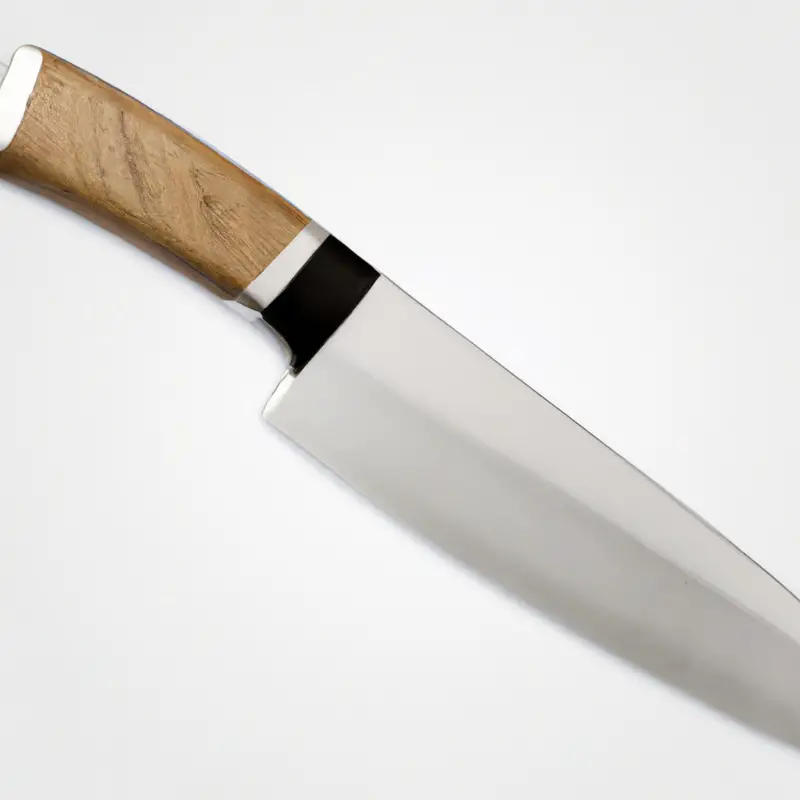
The importance of blade material in Gyuto knives: Finding what suits you
The blade material is a crucial factor in choosing the perfect Gyuto knife for your needs. The material of the blade influences the sharpness, durability, and maintenance of the knife.
Stainless steel, high-carbon steel, and Damascus steel are the most popular blade materials used in Gyuto knives.
Stainless steel is low-maintenance and corrosion-resistant, while high-carbon steel has better edge retention. Damascus steel offers unique aesthetic patterns but requires extra care to maintain.
It is essential to consider your budget, skill level, and personal preferences before selecting the blade material that suits you.
Ultimately, the right blade material ensures the functionality and longevity of your Gyuto knife.
Choosing the right sharpening angle for your Gyuto knife
To choose the right sharpening angle for your Gyuto knife, you need to consider the knife’s intended use. A lower angle of 15-20 degrees is ideal for slicing and filleting, while a higher angle of 20-30 degrees is better for chopping and heavy-duty tasks.
It’s crucial to maintain the angle consistently and use a high-quality sharpening stone to achieve optimal results.
Keep in mind that sharpening angles also vary depending on the blade material and hardness. For instance, high-carbon steel blades require a more acute angle than stainless steel blades.
Ultimately, finding the right sharpening angle for your Gyuto knife is a matter of trial and error, and it’s best to start with a more conservative angle and adjust progressively to achieve a sharp edge that meets your requirements.
Maintenance tips for your Gyuto knife: How to take care of it properly
Proper maintenance of your Gyuto knife is crucial to ensure its longevity and performance. Here are some tips to take care of it properly:
- Hand wash your knife using a mild detergent and warm water. Avoid using a dishwasher as it can damage the blade and handle.
- Dry the knife thoroughly after each use to prevent rust and corrosion. Use a clean towel or cloth to wipe the blade and handle.
- Store your knife in a knife block or a magnetic strip to keep it safe and prevent it from banging against other objects.
- Sharpen your Gyuto knife regularly using a honing rod or sharpening stone. It’s recommended to sharpen it at an angle of 15-20 degrees.
- Avoid using your Gyuto knife for cutting hard or frozen foods as it can damage the blade or chip the edge.
By following these simple tips, you can keep your Gyuto knife in top condition and ensure that it serves you well for years to come.
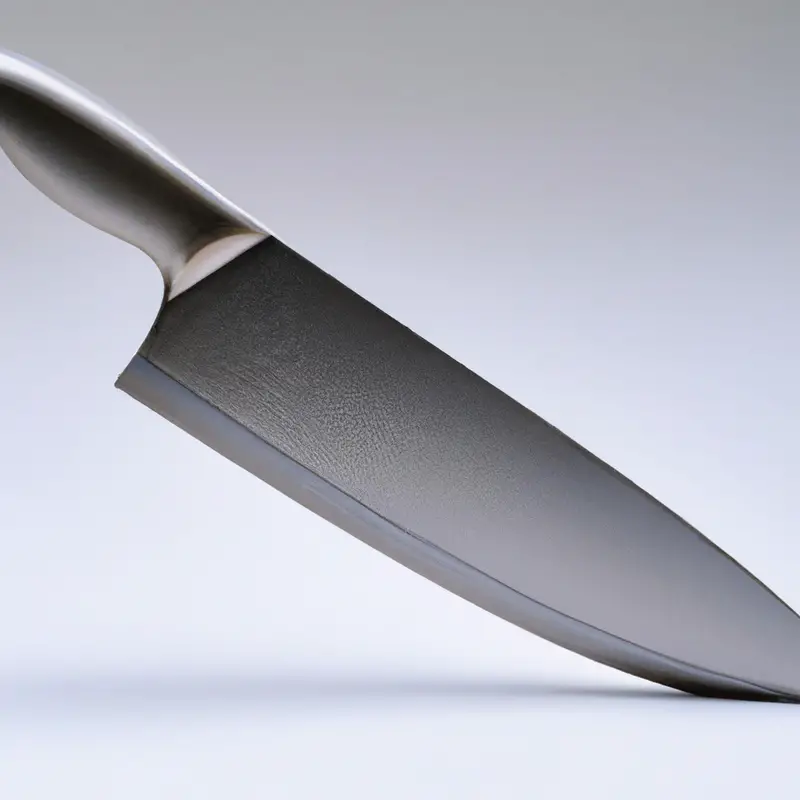
Understanding the price range of Gyuto knives: Finding the right balance between cost and quality
When it comes to buying a Gyuto knife, you’ll find a wide range of prices. Knowing what factors impact the knife’s cost can help you balance between cost and quality effectively.
High-end hand-forged knives made from quality materials such as Damascus steel and superior construction come with a high price tag, but they offer exceptional performance, durability, and long life.
If you’re on a tight budget, you can still find a good quality Gyuto knife made from quality stainless steel, with a more straightforward design and construction. With Gyuto knives, as with many other things in life, you get what you pay for.
But by knowing what matters most to you and where to make trade-offs, you can strike the right balance between cost and quality and find the perfect Gyuto knife for your needs.
Final Verdict
Choosing the right Gyuto knife requires careful consideration of several factors such as blade size, handle type, blade material, sharpening angle, and maintenance requirements. Hand-forged and machine-made Gyuto knives both have their pros and cons, and it ultimately comes down to your personal preference and budget.
The price range of these knives varies widely, but finding the right balance between cost and quality is essential.
By taking the time to research and understand your needs, you can make an informed decision and invest in a reliable Gyuto knife that will meet your culinary demands for years to come. Remember, proper maintenance is crucial to preserving the sharpness and longevity of your knife, so be sure to follow the recommended care guidelines.
With these insights, you can confidently select a Gyuto knife that suits your needs and enhance your culinary experience as a home cook or professional chef.

